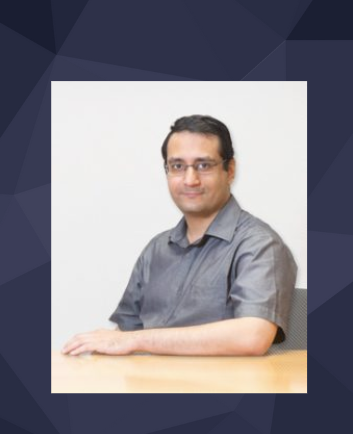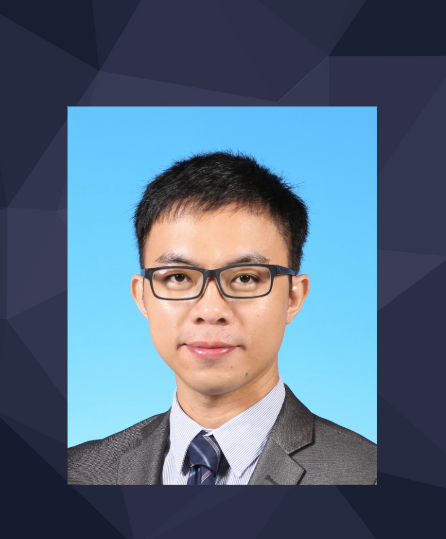TechTalk – Hong Kong’s Innovation and Technology (I&T) Development
March 22 2024 (Friday) 4:00-5:30pm
Ms Lillian Cheong will be sharing the latest updates on Hong Kong’s innovation and technology policies and also discuss the key initiatives outlined in the recent financial budget, specifically focusing on the policies related to innovation and technology. The sharing highlighting the strategic directions, funding opportunities, and support measures for startups and tech companies.
Attendees can expect to gain a comprehensive understanding of the current state of the innovation ecosystem in Hong Kong and the government’s efforts to foster a vibrant and competitive environment for technological advancements.










